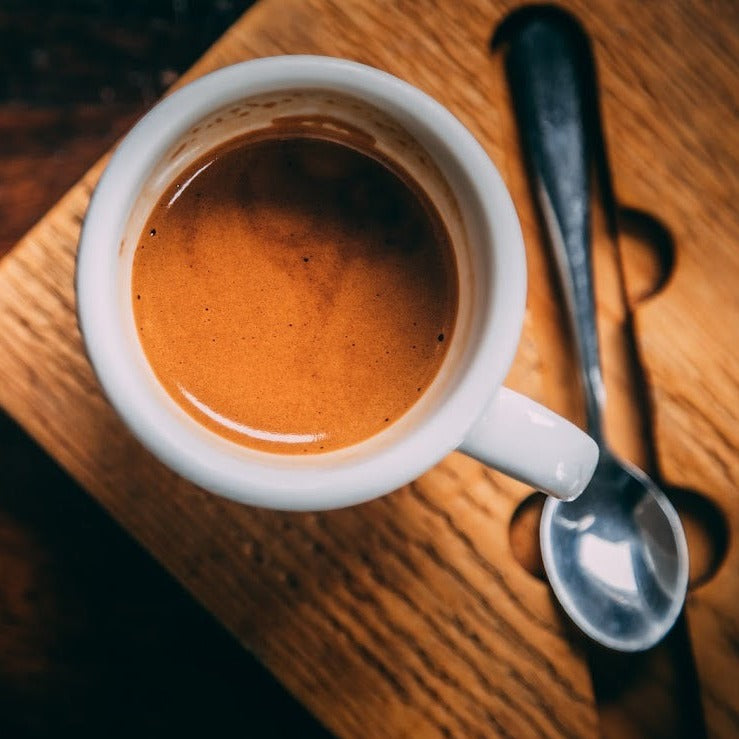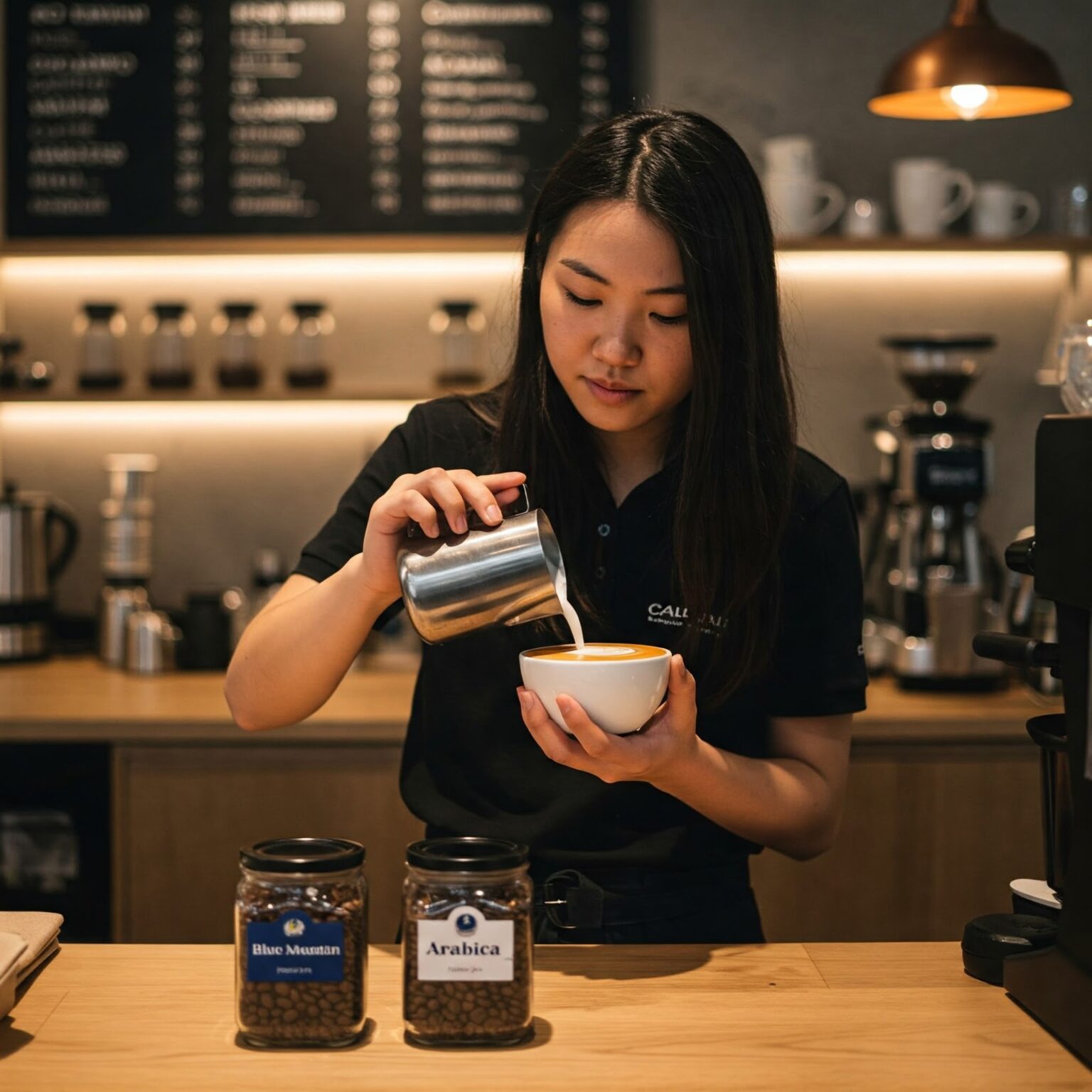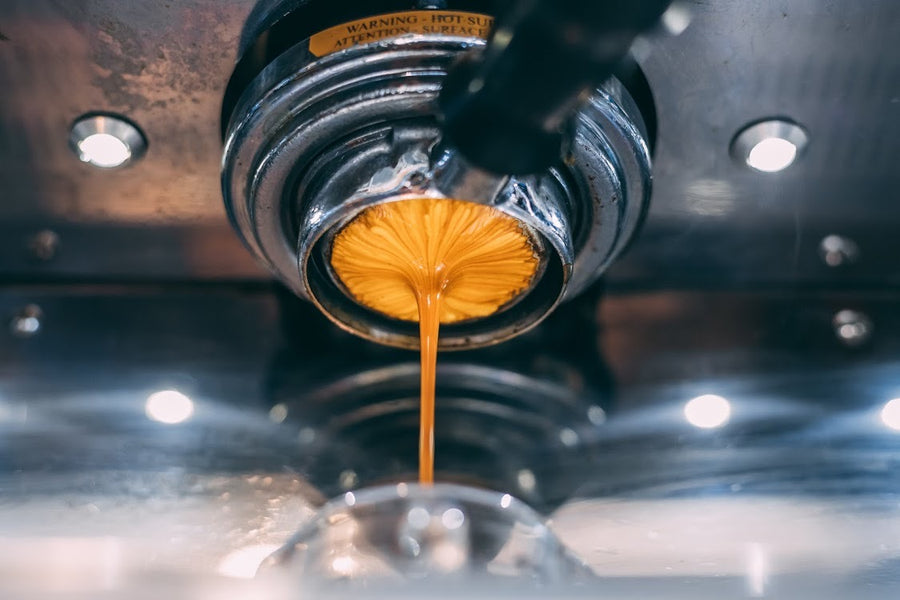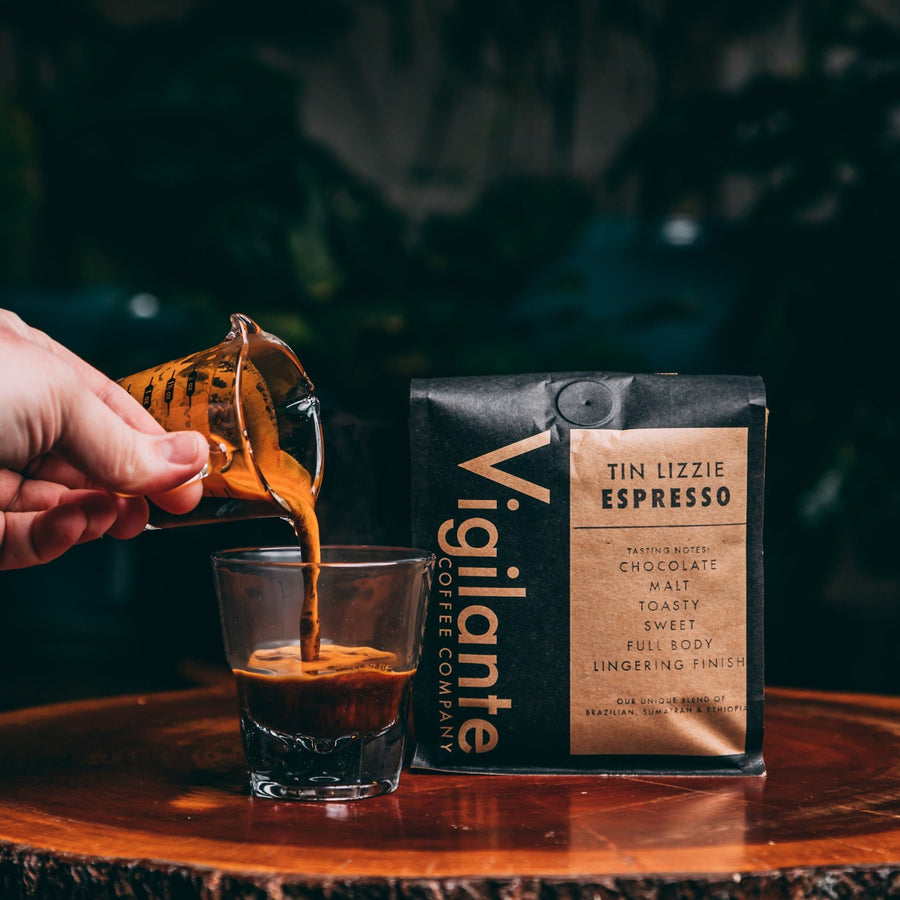Matching Food and Desserts with SOE Single Origin Espresso
Matching Food and Desserts with SOE Single Origin Espresso
Blog Article
Coffee Beans 101: Everything You Required to Know Regarding Coffee and Blended Coffee Beans
When it comes to coffee, understanding the subtleties of espresso and mixed beans can change your day-to-day cup. From the expanding procedure to roasting methods, every step plays a duty in your coffee experience.
Understanding Coffee Beans: Kinds and Selections
When diving into the globe of coffee, recognizing the kinds and selections of coffee beans is important for every lover. Arabica beans are known for their smooth, complex tastes and lower caffeine content, making them a favorite among coffee enthusiasts.
Within these types, you'll discover various regional selections, each bringing one-of-a-kind qualities. For instance, Ethiopian Yirgacheffe provides bright flower notes, while Colombian beans supply a healthy flavor profile. As you explore, bear in mind to pay interest to processing approaches like cleaned or all-natural, as they can considerably affect the last preference. By familiarizing on your own with these beans and their flavors, you'll raise your coffee experience and make even more enlightened options in your developing trip.
The Expanding Refine: From Seed to Bean
When you check out the trip of coffee, it all begins with seed selection methods that set the foundation for quality. From there, farming and harvesting play necessary functions in ensuring the beans prosper. Finally, handling methods change those collected cherries right into the coffee beans you like.
Seed Option Methods
Picking the right seeds is crucial for generating high-quality coffee beans, as it lays the foundation for the entire growing process. Pay attention to the seed's age and storage problems, as fresh seeds often tend to sprout better. Take into consideration the disease resistance of different ranges, as this can considerably impact your yield.
Growing and Harvesting
As you support your coffee seeds into prospering plants, understanding the growing and harvesting procedure is crucial for achieving the most effective taste and top quality. Beginning by growing your seeds in well-draining dirt, ideally in a shaded location to safeguard them from straight sunshine. As your plants grow, maintain consistent dampness, and bear in mind their requirement for nutrients. Trim routinely to promote air movement and healthy growth.
Hand-picking is frequently the finest method to assure just the ripest cherries are picked. Timing is necessary; collecting too very early or as well late can impact the taste account of your beans.

Handling Methods Discussed
As soon as you have actually gathered your coffee cherries, the next important step is processing them to transform those dynamic fruits into the beans you'll make. There are 2 primary techniques: the wet process and the completely dry process. In the dry process, you spread the cherries out in the sun to dry, allowing the fruit to ferment and give one-of-a-kind tastes to the beans. On the various other hand, the damp process includes eliminating the fruit right away and fermenting the beans in water, leading to a cleaner preference. After handling, the beans are hulled, arranged, and typically dried out again. Each method affects the flavor account, so trying out both can help you uncover your favorite mixture. Recognizing these approaches is essential to enjoying your coffee experience.
Toasting Techniques: Just How Taste Is Established
When it concerns roasting coffee beans, recognizing roast levels is crucial to exposing their one-of-a-kind tastes. Each roasting strategy influences the fragrance and enhances the flavor development procedure, providing you a richer coffee experience. Let's explore exactly how these aspects collaborated to boost your everyday mixture.
Roast Levels Discussed
Roast degrees play a crucial function in shaping the taste profile of your coffee. When you pick a light roast, you'll delight in brilliant level of acidity and fruity notes. As you transfer to a medium roast, you'll observe an equilibrium of sweetness and intricacy, typically highlighting delicious chocolate or caramel tastes. Dark roasts, on the various other hand, provide bold, smoky qualities with less acidity, making them abundant and robust. Each degree arises from different roasting times and temperature levels, influencing the beans' chemical make-up. By understanding these degrees, you can better choose a coffee that matches your preference choices. Explore different roasts to discover which one reverberates with you, improving your overall coffee experience and pleasure.
Effect On Fragrance
The roast level not only affects the taste of your coffee however also greatly impacts its aroma. Each roasting technique releases different volatile substances, shaping how your coffee smells. Additionally, the quality of the beans plays an important duty; newly roasted coffee releases more aromatic oils, enhancing that enticing scent.
Taste Advancement Process
As you check out the flavor advancement process, you'll discover that toasting methods play an essential role in shaping the taste profile of your coffee. The toasting temperature level and time straight affect the level of acidity, sweet taste, and bitterness of the beans. Light roasts preserve more of the bean's original flavors, highlighting flower and fruity notes. Tool roasts balance acidity and body, offering an all-around taste. Dark roasts, on the various other hand, bring out vibrant, great smoky qualities while lessening the bean's integral qualities. Throughout roasting, chemical responses, like the Maillard reaction and caramelization, change the beans and enhance their complexity. Trying out various roasting degrees can aid you discover your perfect brew, so do not hesitate to taste and uncover the abundant spectrum of tastes!
Espresso vs. Blended Coffee: Trick Distinctions
Espresso and blended coffee each offer special experiences that satisfy different tastes and preferences. Espresso is a concentrated coffee made forcibly warm water through finely-ground coffee beans, resulting in an abundant, bold flavor and a luscious layer of crema on the top. It's commonly taken pleasure in as a shot or used as a base for drinks like coffees and cappucinos.
On the other hand, blended coffee integrates numerous beans from various areas, creating an extra well balanced taste account. You'll usually discover blends that highlight sweetness, acidity, or body, making them flexible for various brewing approaches. While coffee concentrates on strength, combined coffee may provide a wider variety of tastes that can change with each sip.
Ultimately, your option between espresso and combined coffee boils down to your individual preference. Whether you hunger for a leisurely mug or a quick shock, both choices have something tasty to use.

Brewing Methods: Opening the Perfect Cup
When it involves brewing coffee, discovering the right technique can change your experience and elevate your cup. Each developing method has its unique beauty and can greatly impact your coffee's flavor and scent. As an example, utilizing a French press enables you to delight in a full-bodied and abundant brew, while a pour-over approach supplies a tidy, intense mug with distinct flavors.
If you prefer coffee, buying a high quality device can aid you understand the art of pulling shots. Additionally, for benefit, a single-serve hull system provides rate without giving up taste.
Don't ignore cool brew, which supplies a smooth, less acidic coffee perfect for hot days. Try out different approaches to discover what reverberates with your palate. Each developing strategy opens a brand-new globe of opportunities, so make the effort to discover and locate your perfect mug. Delighted developing!
Sampling Notes: Determining Flavor Profiles
Just how can you truly value your coffee if you don't understand what flavors to look for? Sampling notes are your overview to understanding the complex globe of coffee. Some coffees could leave a chocolatey or caramel aftertaste, while others might have a brilliant, clean coating.
Take into consideration the body of the coffee, also; is it airy and light or thick and syrupy? Do not neglect level of acidity; a brilliant level of acidity can include sprightliness, while a reduced acidity may provide a smoother experience. By identifying these taste accounts, you'll deepen your connection with each mug, making coffee sampling a fascinating journey of exploration.

Tips for Selecting and Keeping Coffee Beans
Picking and saving coffee beans properly can considerably enhance your brewing experience. Beginning by choosing top quality beans that suit your preference - SOE.
When you have your beans, store them in an airtight container to avoid exposure to air, dampness, and light. A dark, trendy area functions best, so prevent maintaining them in the fridge or freezer, as this can present wetness. Just grind the quantity you require to preserve quality; entire beans preserve flavor longer than pre-ground coffee.
Last but not least, attempt to use your beans within 2 to four weeks after opening for peak preference. Following these tips will guarantee your coffee stays pleasurable and delicious, boosting your everyday brew to brand-new elevations.
Often Asked Questions
The Length Of Time Do Coffee Beans Remain Fresh After Toasting?
Coffee beans remain fresh for regarding 2 weeks after toasting - SOE. You ought to save them in an impermeable container, away from light and dampness. Afterwards, their taste and aroma begin to reduce substantially

Can I Mix Different Coffee Bean Varieties?
Definitely, you can mix different coffee bean varieties! Explore blends can improve tastes and produce an one-of-a-kind preference profile. Just ensure to balance the strengths and attributes of each variety for the best outcomes.
What Is the Ideal Work Size for Espresso?
For espresso, you'll want a fine work size, about the appearance of table salt. This allows excellent removal, resulting in a rich, delicious shot. Experiment a little bit to discover what fits your taste best!
How Does Altitude Affect Coffee Bean Flavor?
Altitude affects coffee bean flavor by affecting the growth rate and chemical structure. Greater altitudes bring about slower maturation, which boosts level of acidity and intricacy, offering your coffee a distinct and vivid taste you won't fail to remember.
Are There Decaffeinated Variations of Coffee Beans?
Yes, there are decaffeinated versions of coffee beans. You can enjoy a rich espresso taste without the high levels of caffeine kick. Simply search for "decaf" blends at your regional cafe or specialized shop.
Coffee Beans 101: Whatever You Need to Know About Espresso and Blended Coffee Beans.
When diving right into the world of coffee, comprehending the types and varieties of coffee beans is crucial for every enthusiast.When it comes to roasting coffee beans, comprehending roast degrees is key to disclosing their distinct flavors. Espresso is a focused coffee made by compeling warm water with finely-ground coffee beans, resulting in a rich, bold flavor and a luscious layer of crema on top.On the other hand, blended coffee integrates different beans from different areas, producing a Single Origin Espresso more well balanced flavor profile.
Report this page